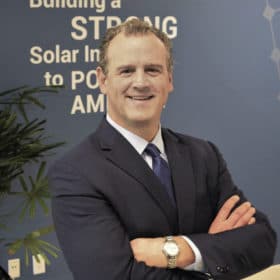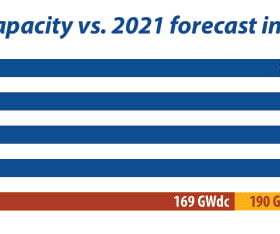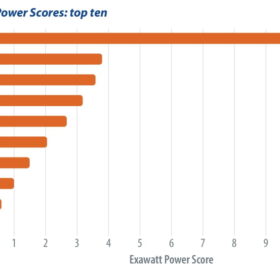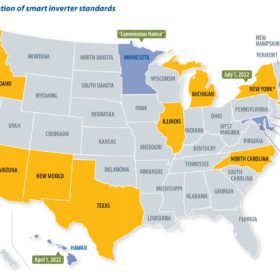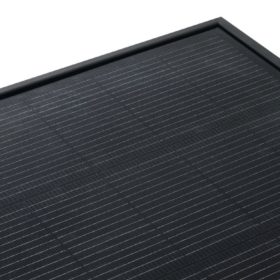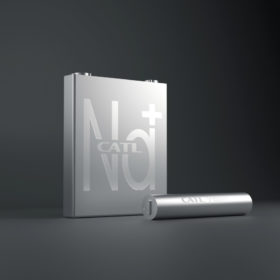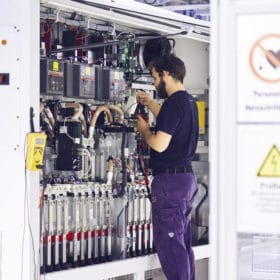Unchained: Political moves shift solar supply
PV module supply chains to the U.S. industry are in flux, and not for the first time. Moves to take action alongside stimulus measures aimed at clean energy are changing the way in which U.S. developers and installers source modules, writes David Wagman, senior editor of pv magazine USA.
Cost-effective scaling up
While high-efficiency PV cells may capture headlines, the upsizing of mono-PERC is continuing to deliver powerful outcomes – and some unexpected savings. Ulrich Jäger heads up German wet-chemistry equipment supplier RENA’s solar sales and reports on the big orders, and tools that are currently defining the cell production segment.
Firm foundations on shifting sands
Unprecedented capacity expansions and massive technology changes, all happening at a frantic pace, signal that PV is entering the terawatt era. However, challenges in supply and demand imbalances across the value chain, combined with emerging technical and quality risks, require detailed analysis and due diligence from buyers to avoid pitfalls, according to George Touloupas, Joseph Johnson, and Aditya Vardhan from Clean Energy Associates.
Power players
Everyone likes a league table, and research and consulting firm Exawatt is no different. Now in its third year, Exawatt’s Power Score ranking is a metric that compares PV module manufacturers based on financial health, profitability, and PV presence. Analysts Alex Barrows and Molly Morgan look at which companies topped the table for 2020. They also discuss the surprises ahead and the potential impact of upcoming technology shifts and market changes on Power Score rankings in the future.
Battery recycling and material uncertainty
Lithium-ion batteries remain the front-runner to power EVs, but without clearer recycling plans from the European Union and the United States, the balance isn’t yet tipped away from heavy mining of new materials to focus on supplying industry needs, writes Ian Morse.
The global expansion of clean energy access
Once a U.S.-centric phenomenon, corporations are now able to purchase clean energy at cost-competitive rates and at a large scale in most markets around the world. Power markets are being amended to allow for power purchase agreements, while alternative mechanisms like certificates and retail programs are near-universal. As part of pv magazine’s UP Initiative quarterly theme on sustainable electricity supply, Kyle Harrison, head of sustainability research at BloombergNEF, discusses the growth in corporate clean energy procurement globally.
US states get smart on smart inverters
As residential smart inverters and their grid services continue to offer more capabilities to the grid, U.S. states are going about regulating their installations with the best intentions. But delays in ensuring that smart inverters are active and operating to a common standard will be costly.
Half cells on edge
Half-cut solar cells have quickly grown to become an industry standard, promising more power through reduced cell-to-module losses, among other advantages. Innovative processes have been introduced to reduce cell damage during the actual cutting process, but even these still leave behind an unpassivated area at the edge of the cell, which can result in performance losses. As cell efficiencies increase, this will only become more of a problem. pv magazine examines the possible solutions.
Complementary storage
Lithium-ion batteries are a fantastic crutch for the renewable energy transition. It’s not all roses, though: Short duration limits, and potentially dangerous thermal runaway in rare circumstances, means the hunt continues for alternative electrochemical batteries. However, alternatives will largely complement lithium-ion batteries, rather than supersede them. Blake Matich looks at promising options to keep an eye on.
Current developments
The incremental improvements achieved each year in solar are usually relatively small, and improvements to one component can easily be accommodated by the rest of the system. But every so often, a bigger change comes along, with implications that will ripple up and down the supply chain.
